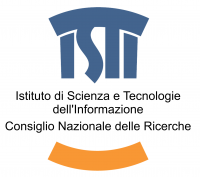Axel G. Posluschny, Philip Verhagen
UISPP Commission IV invited session
Least Cost Path (LCP) and Cost Surface (CS) Analyses have been a hot topic in archaeological GIS for some years (see e.g. Bevan and Lake 2013; Polla and Verhagen 2014), and are increasingly used in (landscape) archaeological research. Does that mean that all problems have been solved? Or that everyone has given up trying to solve these problems? Are we at the point where we can confidently say that LCP models will help us to simulate movement in the landscape? Can we now connect LCP models to larger questions about movement and transport in the past, and for example link it to network analysis techniques? Or are there alternative techniques available that might also be used to tackle these questions?
In this session we would like to explore the current state of the art of LCP and CS for archaeology and discuss different algorithms, technical approaches, and the combination of LCP models with related techniques. Last but not least we would like to invite contributions that present case studies in which these techniques have been successfully used – or where they failed to produce a meaningful result.
References
- Bevan, A. and M. Lake (eds.) 2013. Computational Approaches to Archaeological Spaces. Left Coast Press, Walnut Creek.
- Polla, S. and P. Verhagen (eds.) 2014. Computational approaches to the study of movement in archaeology. Theory, practice and interpretation of factors and effects of long term landscape formation and transformation. De Gruyter, Berlin.


